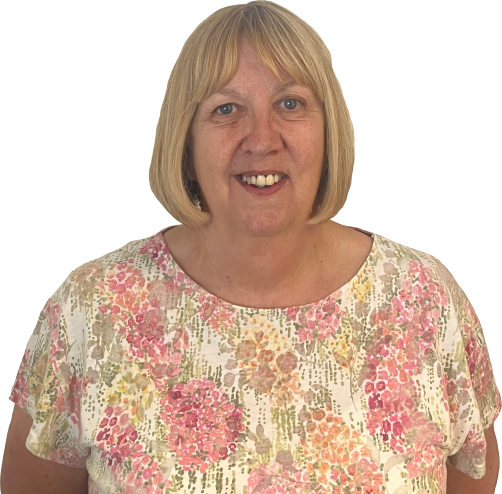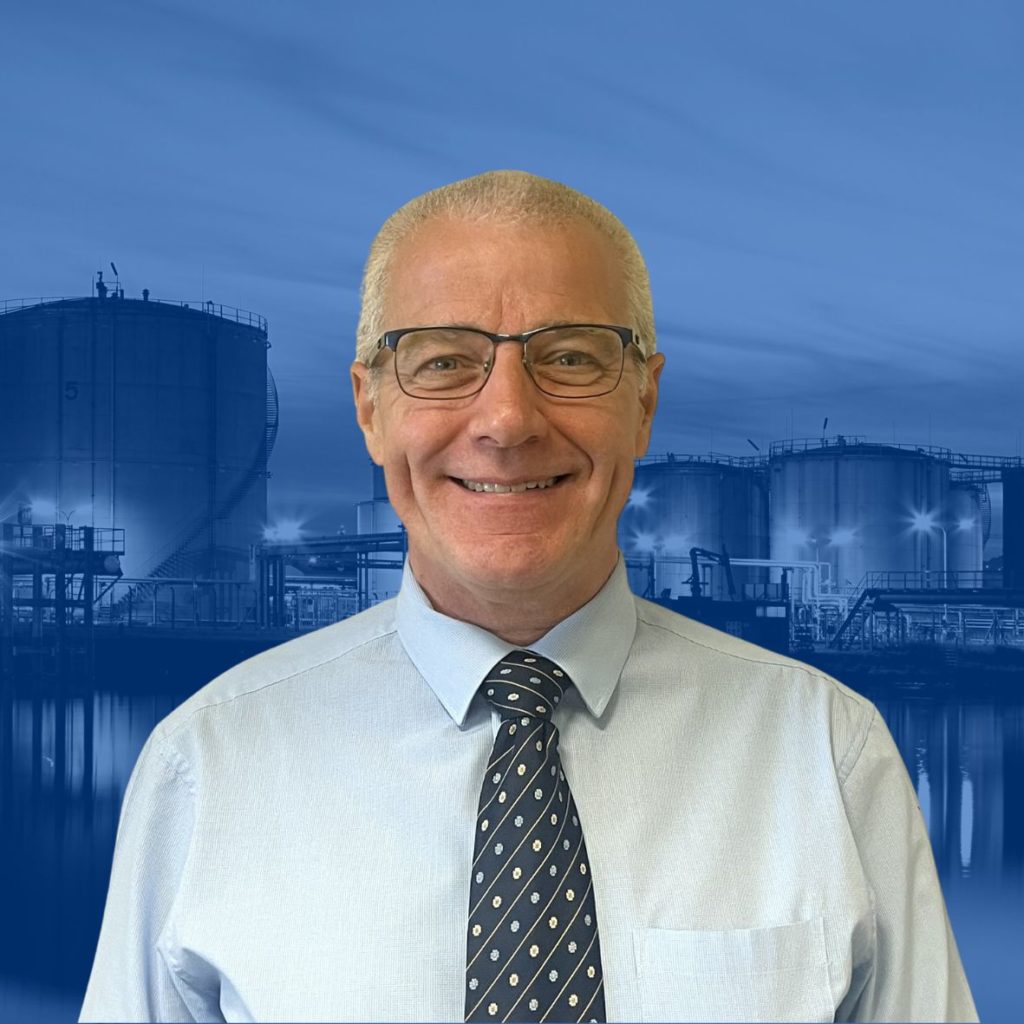
Poor process safety management can have devastating impacts on sites and, equally, strong protective barriers can prevent, control and mitigate incidents. Good process safety management, of course, doesn’t happen by accident. It requires active engagement across all aspects of plant, process and people.
Let’s take a look how the 3 P’s work together in harmonious health and safety:
1. Plant: the green shoots of safety
Good process safety management demands that the plant is rigorously designed, constructed and commissioned. With a robust infrastructure in place, the plant now needs to be operated, maintained, modified and decommissioned safely throughout its lifecycle.
This could, for instance, include:
- Import and export systems
- Marine equipment
- Road loading systems
- Fixed or floating roof storage tanks
- Boilers, pumps, gauging systems and pipelines
2. Process: the wheels are turning
The processes flowing through the plant must ensure that safe operations are achieved and control and mitigation measures are maintained. How can a good process be achieved? By supporting strong operational and emergency response processes with:
- Checklists
- Structured maintenance and defect reporting systems
- Internal and external hazard identification, risk evaluation and audits
3. People: the ones who make it happen
It is the people who make the plant. From the CEO, to operational personnel, to contractors and drivers, to Bob in the burger van, all members of the team need to act competently. Leadership, of course, is the key in the ignition of driving forward a positive culture of process safety.
Think of it this way: the apple never falls from the tree. As such, it is incumbent upon boardrooms to sound a positive safety tone which echoes across the whole of the plant. This must be support by clear communication that enables a two-way feedback between the boardroom and those on the ground.
The plant must then work as a collective body to ensure safety remains top of the agenda by way of rigorously implemented and robustly maintained control and operational systems.
“Given the enormous responsibility on the shoulders of our hazardous industry leaders, we know their mindset must always be questioning, always be asking, what might be wrong with my process and how can I make it better.”
Jan Chmiel is his role as chief executive of IOSH


